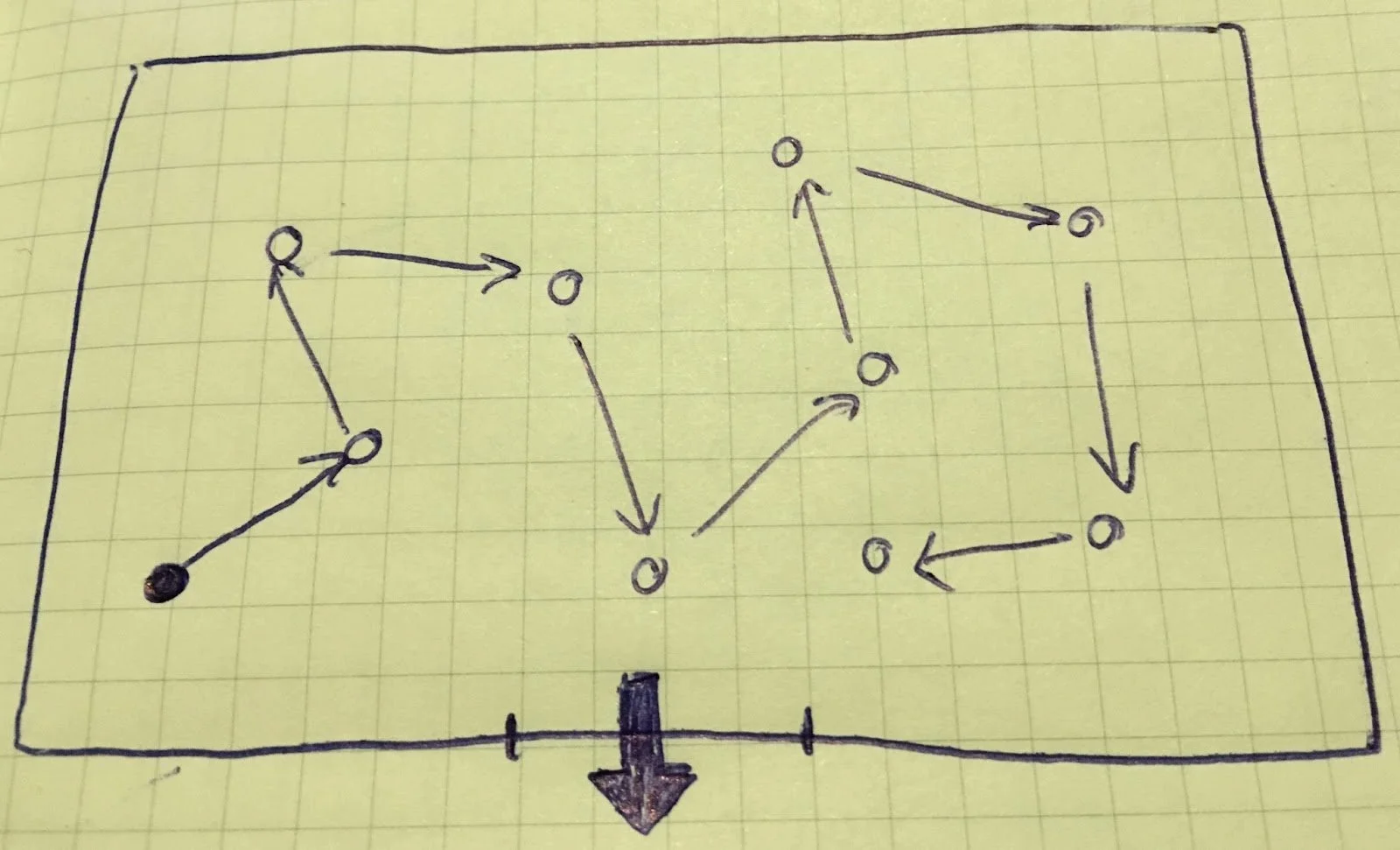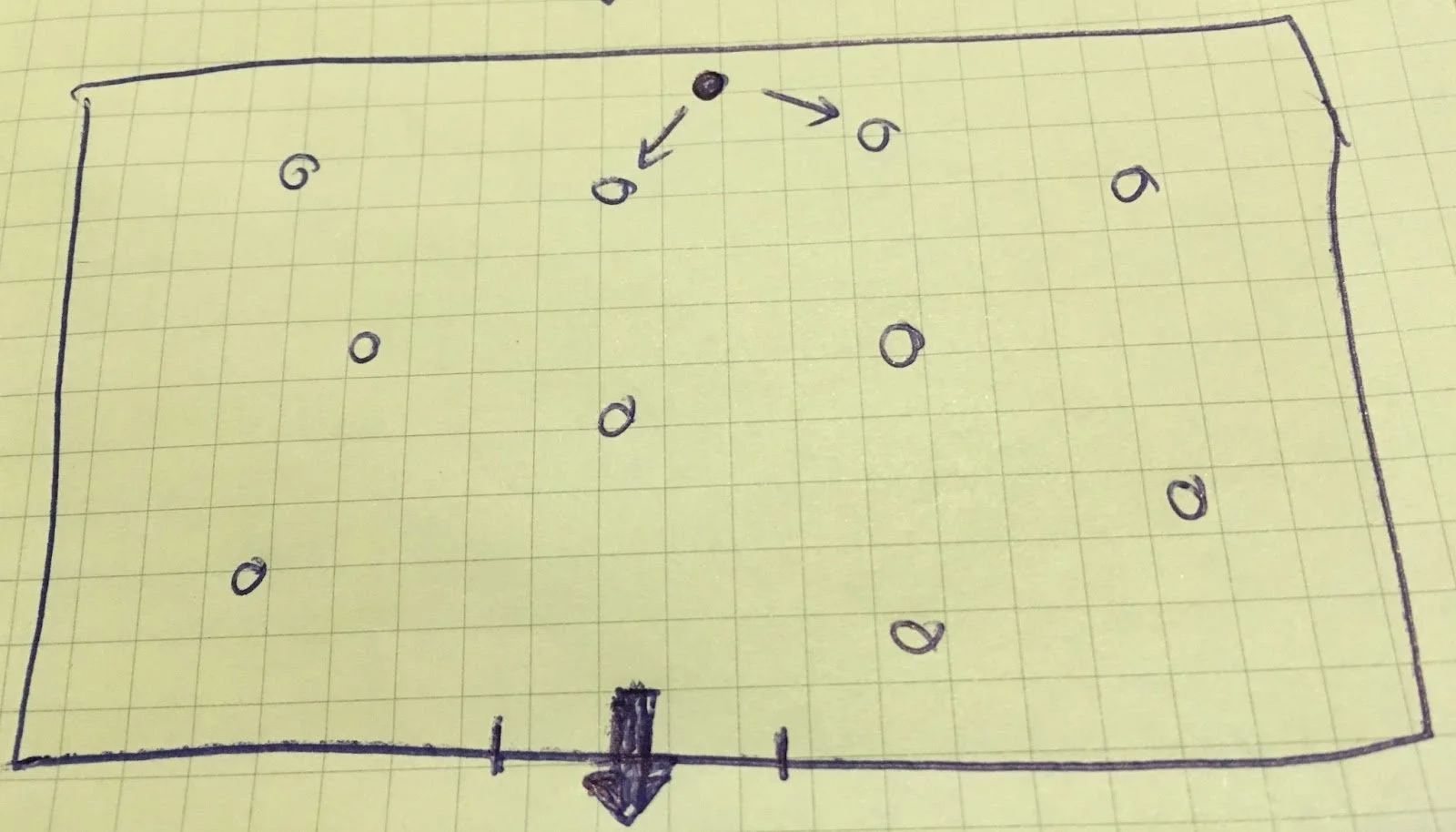How to Tip the System
Recently I was working with a group of about 20 people at a residential workshop. It was morning tea time and we were all gathered in a room relishing our caffeine top-ups.
As facilitator, it was my job to keep people on time. I considered how I’d let them all know when it was time for us to move back to the main room. I had a few options:
Quietly walk through the group and tell each and every person individually that it was time to move.
Stand up on a chair and holler to the whole group “it’s time to head back in!”
Find an easier, simpler way to do it with minimal effort.
I experimented with the third way. This is what I did:
I walked to the back of the room, the furthest spot from the door. A couple of people were loitering there. I quietly let them know it was time to move back in to the workshop room. They started moving towards the door, through the crowd.
And what do you know? The rest of the people picked up on this slight shift, and within 30 seconds, everyone was moving back to the room. Job done. No sweat.
This is an example of what I call ‘tipping the system’. Seeing the group as a self-organising system, finding the points in the system that look like they will give you the most leverage for the least effort, and levering those to ‘tip it’.
Let’s look at the other options and their pros and cons.
Option 1: Tell everybody individually. Mechanical management. Inefficient. I would have ensured that everybody got the message, but it would have taken a long time. Meh.
Option 2: Stand on the chair. Hero leadership. Disempowering. It would have achieved the outcome, but it makes me the focal point. It sets up a subtle leader / follower dynamic where people can become reliant on me for telling them what to do. Double meh.
Option 3: Find the tipping points. The way I did it was through a systems lens. My role as ‘leader’ was to tip the system to effect the change I wanted to see. With as little effort as possible.
This is a micro-example from which the lessons can be applied to more macro situations. Large-scale change initiatives come to mind. Evolving team culture. Getting an idea to go viral.
It’s about seeing and working with the patterns. Similar to how the best surfers learn to read the patterns of the waves and currents, as I’ve written about before.
It’s also about not trying too hard. Here’s a great example of how to get a group of people to organise themselves in a certain way by providing just the merest of instructions:
Here are some guidelines for tipping your own system with more grace and less effort:
Define the outcome you’d like to see.
Notice the system that’s at play.
Look for the leverage points.
Lever those points.
Get out of the way.
Notice what happens.
Repeat steps as required.
It’s worth noting that the points of leverage will often be a few key influential people. In my example above, the leverage points were the couple of ‘key influential people’ that were standing at the back of the room. Not because of any authority they carried, but simply because of where they were situated in the room.
The key is to adopt an experimental mindset. Be like a scientist. Treat it lightly and don’t force it. Be curious.
So, what outcomes are you trying to achieve? What is the nature of the system that’s at play? Where are the leverage points? Get experimenting, then get out of the way and notice what happens.




